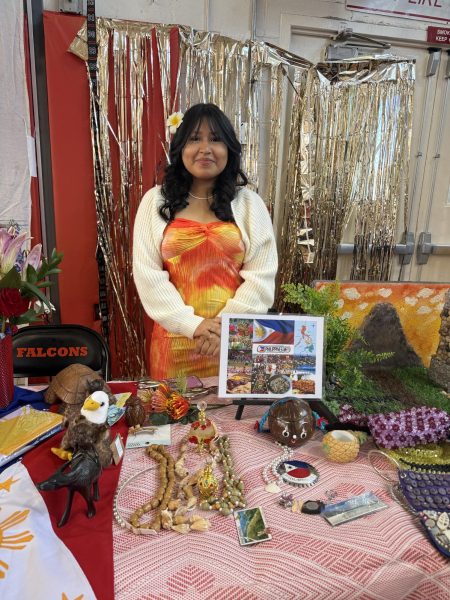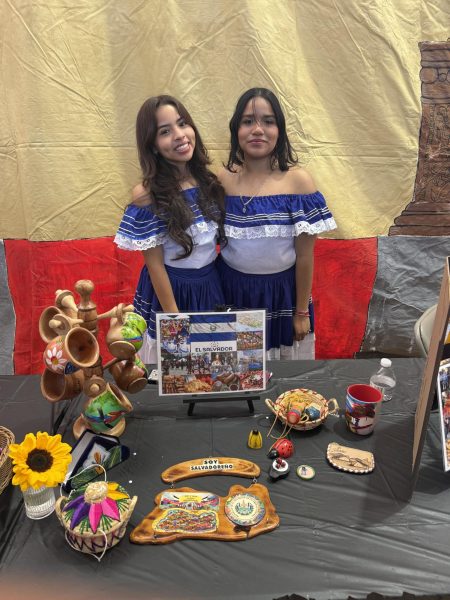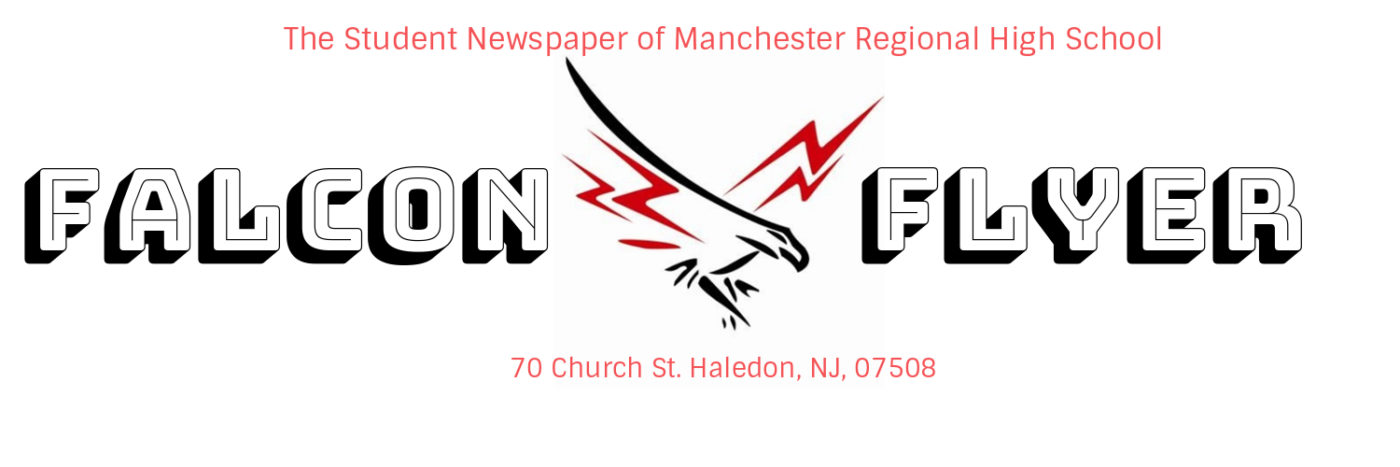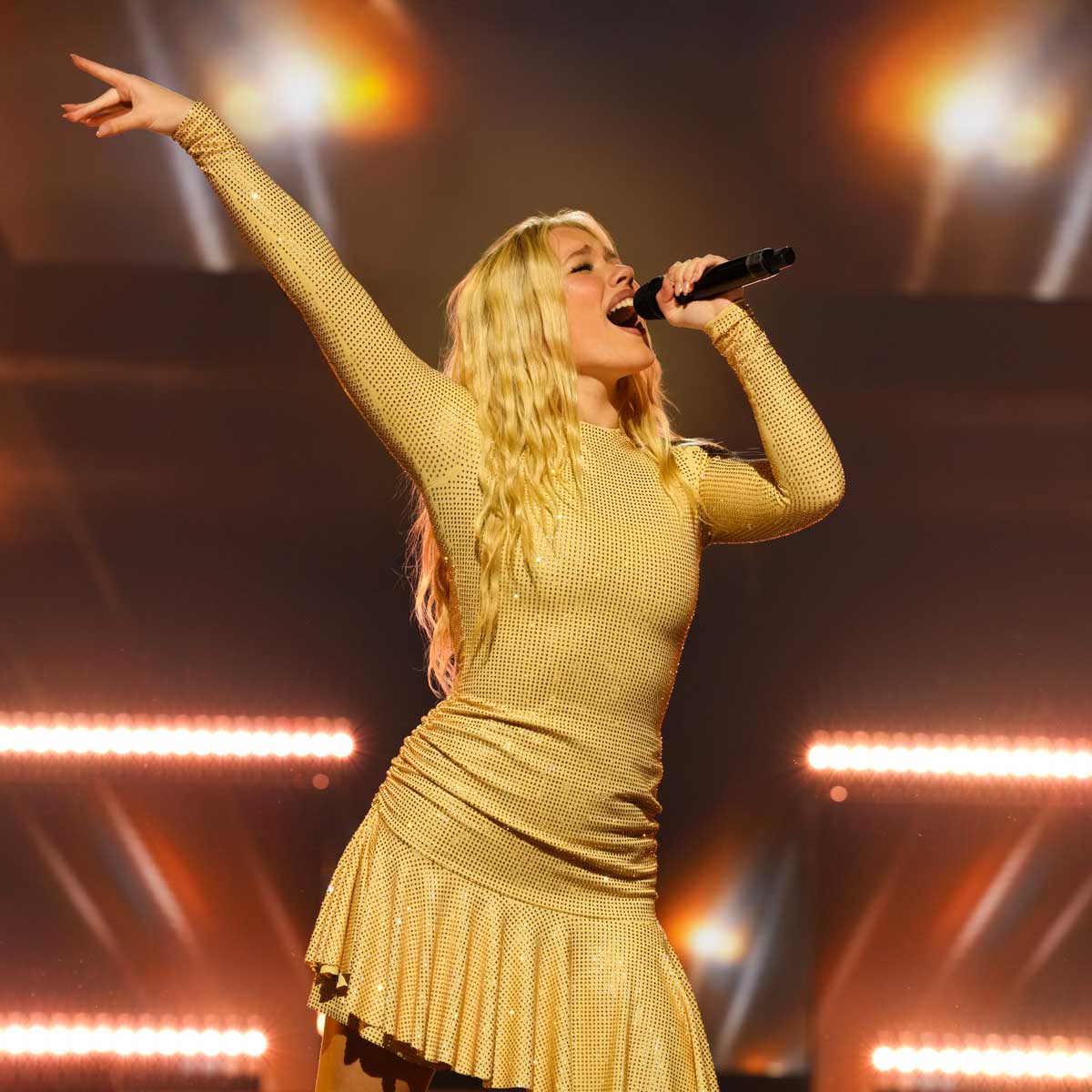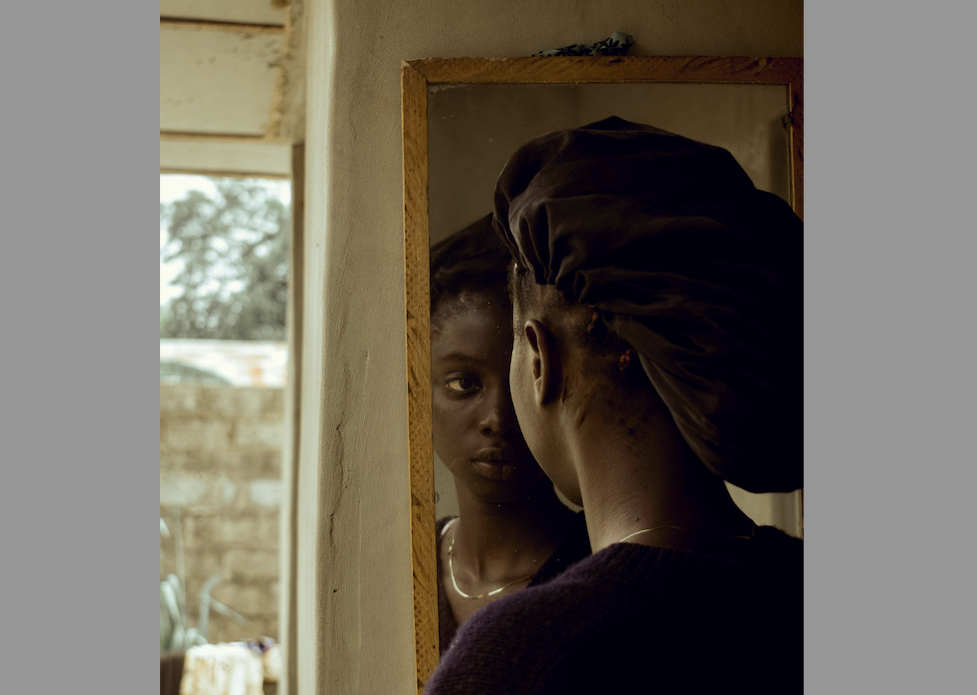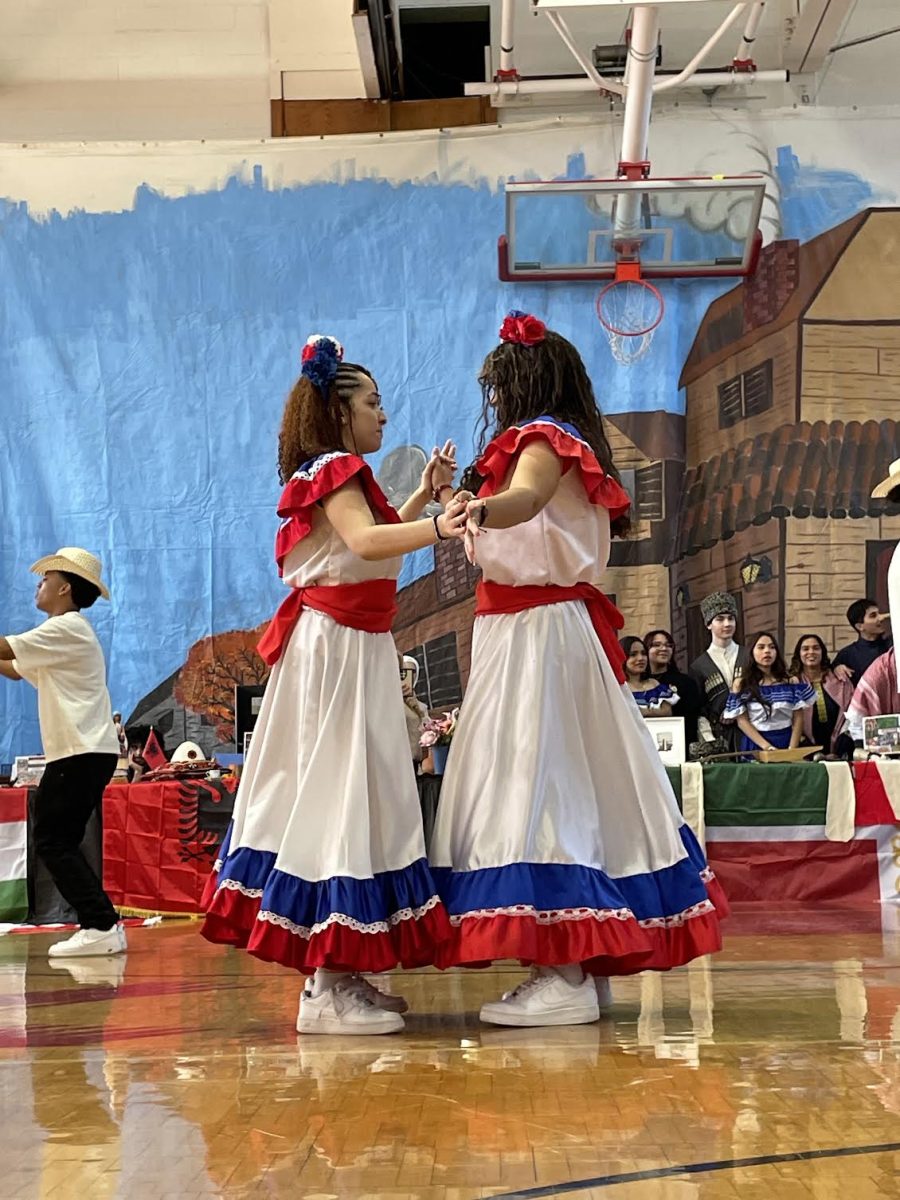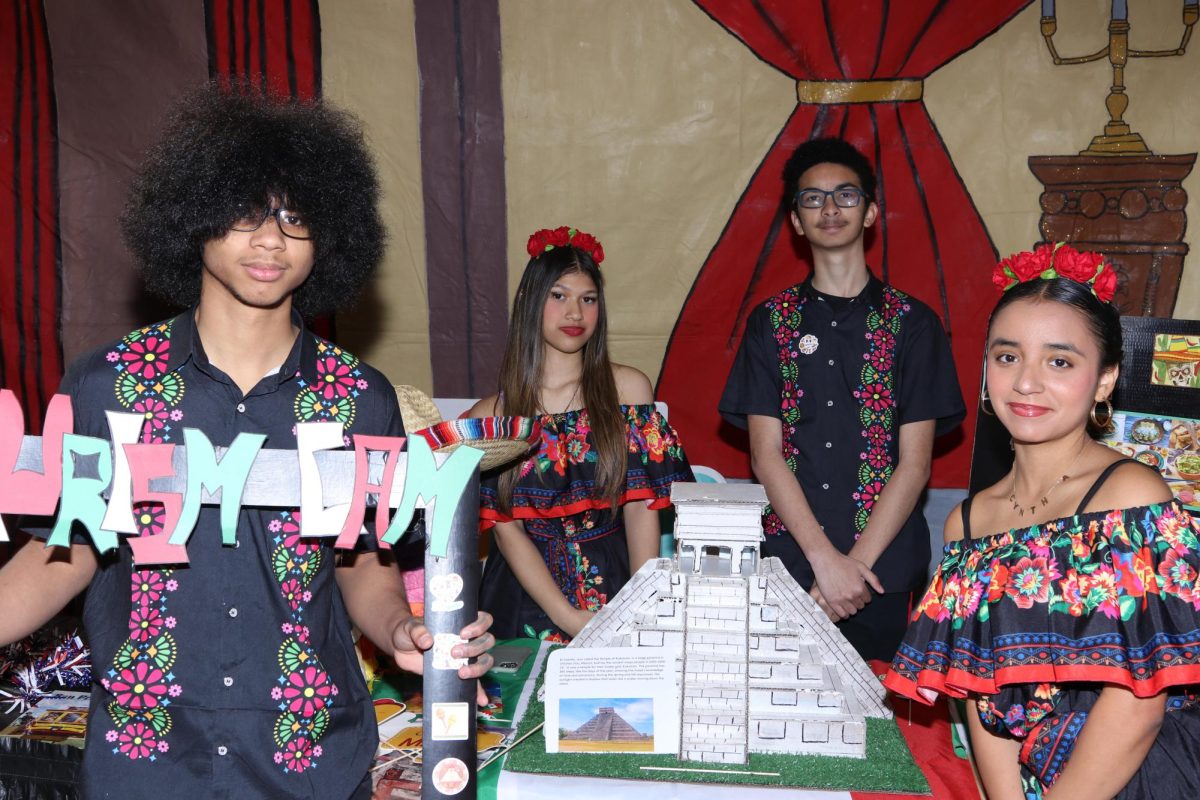The multicultural fair at Manchester Regional High School was more than just an event, it was an energetic celebration of the many cultures that make up the school community. Each country, whether in the Caribbean, Latin America, or anywhere else, is different because of a unique mix of factors, such as food, music, and religion, which shape these cultural traits. Held in the school gym, the fair transformed the space into a colorful spot for every student/teacher hangout and visualized the many booths representing countries from every continent that surround us in school. Students, teachers, and families came together to share and experience different traditions, foods, music, and stories, creating a memorable day of learning and connection.
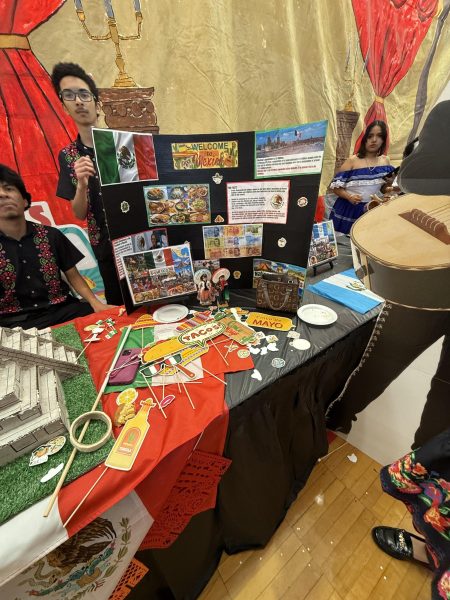
Rewinding to Thursday, April 24, 2025. The fair consisted of countries represented throughout students’/teachers’ ethnicities, such as the Dominican Republic, Ireland, Turkey, Colombia, Peru, Nigeria, Ghana, Puerto Rico, Venezuela, Mexico, and many more. We got to visualize the various dances that represent each country and the meaning behind them, while eating diverse dishes from these cultures that highlighted the fair like Pastelon, Empanadas, Pupusas, Pernil, enchiladas, and many other delicious dishes prepared by the students’ families. Some of the food may seem the same, but each country has its tastes. Trying food I had never eaten before helped me appreciate how culture can be experienced through taste. Each booth at the fair was dedicated to a different country. Students and teachers worked together to decorate their assigned booths with flags, traditional clothing, artifacts, and informational displays. In addition, as I walked from booth to booth, I was amazed by the variety of customs and histories being shared. From Colombian pesos to imported Dominican candy, each booth showed something unique and meaningful. One of the highlights of the fair was the live performances. Students danced to traditional music from countries that shared different genres like Merengue, Dembow, corrido, samba, and many more.
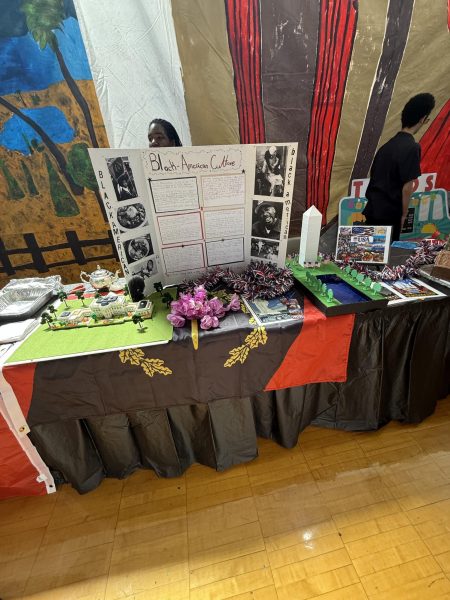
My personal favorite was Cuba, where I was introduced to new information. Cuba is the motherland of the best cigars in the world. This country is one of the most famous cigar-producing countries, growing tobacco known for its high-quality profiles and “delicious flavors”. But the importation from Cuba to the U.S was banned due to the 1962 trade embargo, so if you happen to own one of these, keep it. In previous research, Cuban cigars are a combination of art and science due to the tobacco cultivation, curing, and rolling. What made the multicultural fair truly special was the sense of unity it created. While we all come from different backgrounds, the fair reminded us that we can celebrate our differences while finding common ground. The fair taught us to be curious, respectful, and open to learning about others. The event also strengthened our school community by encouraging students to share their stories, connect, and bring us together. In the end, the multicultural fair was not just about learning where people come from, it was about understanding who they are. It showed us that every culture adds value and beauty to our world, and that by embracing diversity, we all become richer in experience.
